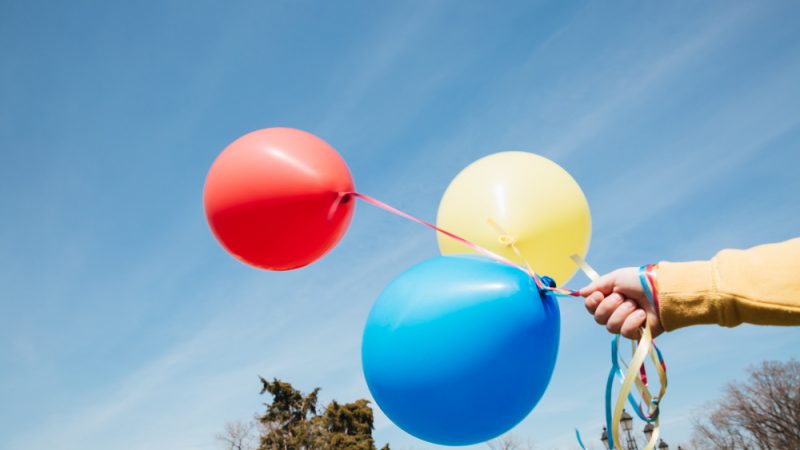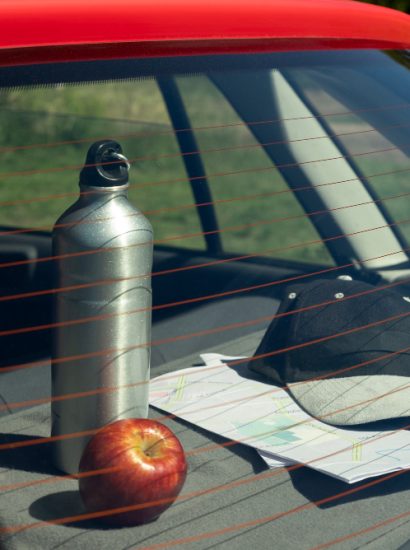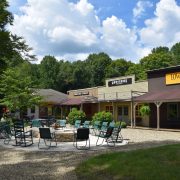Parades have long been a way for communities to come together, celebrate, and showcase culture, creativity, and joy. Among the many dazzling features of parades, few are as iconic or awe-inspiring as parade balloons. Towering above crowds, shaped like beloved characters, and moving gracefully through city streets, these balloons symbolize fun, nostalgia, and tradition.
This article explores the history, artistry, and cultural impact of parade balloons, showing why they remain a spectacular part of celebrations around the world.
The Origins of Parade Balloons
The tradition of parade balloons can be traced back to the 1920s, when the Macy’s Thanksgiving Day Parade in New York City introduced giant helium-filled characters. Before balloons, the parade relied on live animals borrowed from the Central Park Zoo.
The switch to balloons was revolutionary. It not only reduced the logistical challenges of using animals but also introduced a new visual spectacle that could be seen from far away. From that point on, balloons became a defining element of large parades.
How Parade Balloons Are Made
Creating a parade balloon is a combination of art and engineering. Designers start with sketches and 3D models of the character or figure. Once the design is approved:
- Patterns are created for fabric pieces.
- Strong, lightweight materials like polyurethane-coated fabric are used.
- Balloons are sewn together and tested in large facilities.
- Artists add painted details to give the balloon personality.
The entire process can take months, and balloons often require hundreds of hours of craftsmanship.
The Role of Helium and Inflation
Helium is the lifeblood of parade balloons. Its lighter-than-air quality allows these enormous figures to float gracefully above parade-goers.
On the night before a major parade, balloon crews gather in open spaces (like New York’s Central Park West) to inflate the balloons. This has become a tradition in itself, attracting thousands of onlookers who enjoy seeing the characters come to life.
Inflation is carefully monitored to ensure safety. Weather conditions, temperature, and wind speeds all influence how much helium is used.
Iconic Parade Balloons Through the Years
Certain balloons have become cultural icons. Some of the most memorable include:
- Felix the Cat (1927): The first giant character balloon.
- Mickey Mouse (1934): A symbol of Disney’s rising influence.
- Snoopy: The Peanuts character has appeared in multiple forms since the 1960s.
- Spider-Man and Superman: Bringing superheroes into the skies.
- Pikachu and Goku: Representing global pop culture.
These balloons often reflect the popular culture of their era, making them both nostalgic and contemporary.
The Macy’s Thanksgiving Day Parade Legacy
When people think of parade balloons, the Macy’s Thanksgiving Day Parade is usually the first that comes to mind. Since its debut in 1924, the parade has become a beloved holiday tradition watched by millions worldwide.
The parade features dozens of balloons, floats, marching bands, and performers. For many families, watching the parade is as much a part of Thanksgiving as turkey and pumpkin pie. Its global reach has cemented parade balloons as a symbol of celebration.
Beyond Macy’s: Global Parade Balloons
While Macy’s may be the most famous, parade balloons are celebrated around the world:
- London’s New Year’s Day Parade often features large inflatables.
- Toronto’s Santa Claus Parade includes vibrant balloon figures.
- Local community parades in towns and cities across the U.S. showcase creative regional balloon designs.
From small festivals to international events, balloons bring a shared sense of wonder to audiences everywhere.
The Teams Behind the Balloons
Operating a parade balloon is no small feat. Each balloon can require 30 to 90 trained handlers holding ropes and guiding it through the streets. Crews must coordinate movements to navigate turns, avoid obstacles, and keep balloons steady in windy conditions.
Handlers train for months before big parades, practicing techniques to ensure safety. Their dedication keeps the magic of the balloons alive for audiences.
Challenges and Safety Concerns
As magical as parade balloons are, they present challenges. High winds, storms, or extreme temperatures can make it unsafe to fly balloons.
In some cases, balloons have been lowered or even removed from parades due to weather. Event organizers work closely with meteorologists and city officials to ensure public safety while preserving the tradition.
The Future of Parade Balloons
Parade balloons continue to evolve with new technology. Today’s balloons feature:
- Advanced materials that are lighter and stronger.
- Digital design tools for more detailed characters.
- LED lighting and effects for night parades.
As parades adapt to modern times, balloons remain a central attraction, blending tradition with innovation.
Why We Love Parade Balloons
Ultimately, the appeal of parade balloons is universal. They remind us of childhood, connect us to popular culture, and bring communities together.
Seeing a giant character float overhead sparks joy and creates memories that last a lifetime. Whether you’re watching from the street or on television, parade balloons embody the fun, tradition, and spectacle that make celebrations special.
Conclusion
Parade balloons are more than oversized inflatables — they are symbols of tradition, artistry, and collective joy. From their origins in the 1920s to today’s cutting-edge designs, balloons have captured the imagination of generations.
As they float above parades across the globe, they remind us that celebrations are about more than just festivities — they are about shared experiences, smiles, and the wonder of looking up at the sky.
FAQs
1. What was the first parade balloon?
The first giant character balloon was Felix the Cat, introduced in 1927 at the Macy’s Thanksgiving Day Parade.
2. How are parade balloons inflated?
They are filled with helium the night before the parade during special public inflation events.
3. How many people are needed to operate a parade balloon?
Depending on size, each balloon can require 30 to 90 handlers to guide it safely.
4. What happens if the weather is too windy?
Balloons may be flown at lower heights or removed from the parade entirely for safety reasons.
5. Do parades outside the U.S. use balloons too?
Yes. Major parades in London, Toronto, and many U.S. cities also feature creative inflatable designs.
Also read: McArthur Dairy: History, Products, and Community Impact









